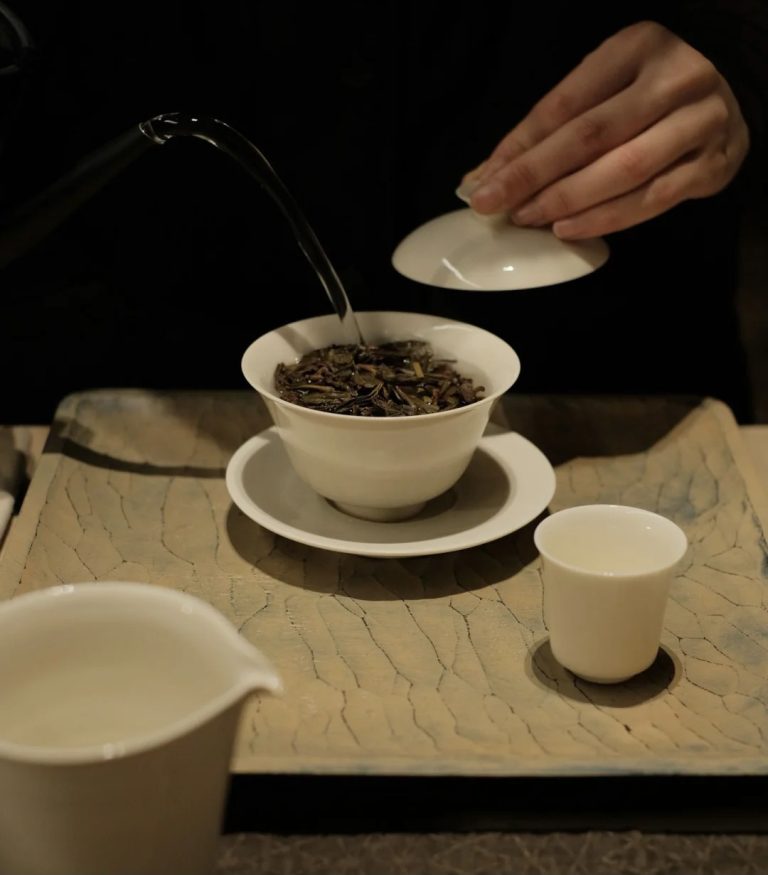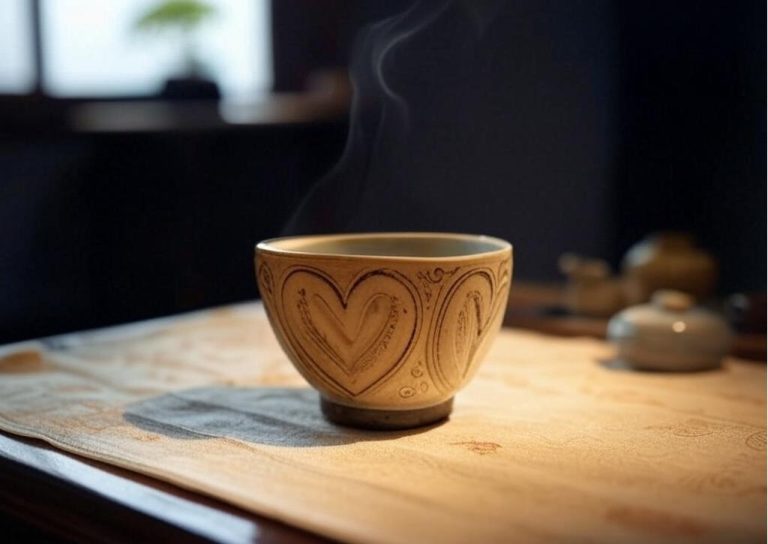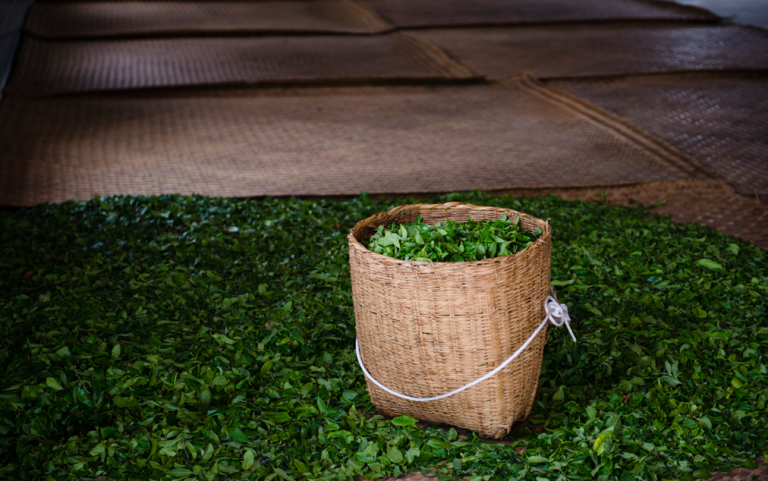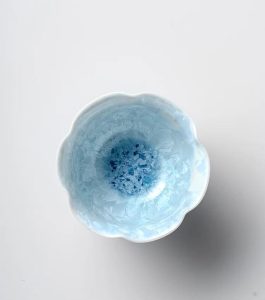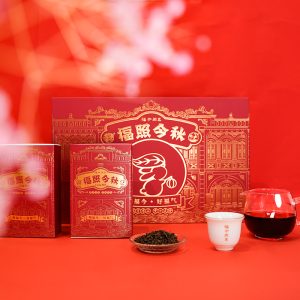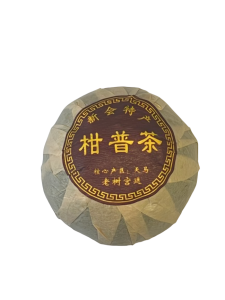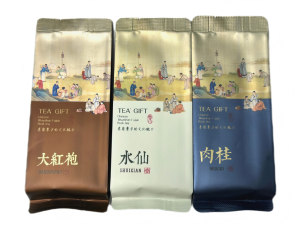
Pu Erh tea is a treasure in the tea world, known for its aging potential, depth of flavor, and complex transformation over time. However, the market is flooded with varying qualities, making it essential to recognize a premium Pu Erh tea from an average one. Whether you are a seasoned collector or a beginner, these 10 key factors will help you make an informed choice.
1. Examine the Dry Leaves
A good Pu Erh tea starts with high-quality raw material. The dry leaves should be whole, glossy, and uniform in size. Aged Pu Erh may appear darker due to oxidation. Be cautious of excessive stems, broken leaves, or excessive dust, as these are signs of lower-grade tea.
- Sheng Pu Erh: Leaves should have a vibrant, olive-green to dark green color.
- Shou Pu Erh: A well-fermented tea will have dark brown or reddish leaves with a healthy luster.
Avoid tea that appears dull, faded, or too brittle, as it may have been poorly processed or stored.
2. Assess the Aroma
The aroma of Pu Erh tea is a strong indicator of its quality and aging process.
- Sheng Pu Erh: Should have fresh, floral, fruity, or honey-like notes when young, evolving into deeper, more complex aromas like dried fruit, camphor, and wood as it ages.
- Shou Pu Erh: Should carry earthy, woody, and slightly sweet notes. Quality Shou Pu Erh should never smell musty, overly sour, or fishy—these are signs of improper fermentation.
Gently warm a few leaves in your palm or a preheated teapot and take a deep inhale. A balanced, clean, and lingering aroma is a hallmark of quality.
3. Consider the Age
Aging enhances the depth and smoothness of Pu Erh tea. While some teas can be enjoyed young, the aging process significantly affects their taste and value.
- Sheng Pu Erh: Young Sheng Pu Erh is often astringent but mellows over years, gaining complexity. Aged for 10+ years, it develops a rich, sweet aftertaste.
- Shou Pu Erh: Ready to drink after production but benefits from 2-5 years of additional aging to refine its flavors.
Older does not always mean better—storage conditions and original leaf quality matter greatly.
4. Check the Liquor Color
The color of brewed Pu Erh tea (liquor) should be clear and vibrant, not murky or dull.
- Sheng Pu Erh: Ranges from bright yellow to deep golden-orange, depending on age.
- Shou Pu Erh: A rich, reddish-brown or dark amber color.
If the tea is cloudy or excessively dark, it may have undergone improper fermentation or storage.
5. Taste the Complexity
Premium Pu Erh delivers a multi-layered flavor experience, evolving with each steeping.
- Sheng Pu Erh: Bold and slightly astringent when young, transitioning to a mellow, sweet, and floral aftertaste with aging.
- Shou Pu Erh: Smooth, rich, with notes of cocoa, nuts, wood, and sometimes dried fruit.
A quality Pu Erh should have a long-lasting finish and mouthfeel without unpleasant sourness, excessive bitterness, or moldy undertones.
6. Evaluate the Compression
For Pu Erh cakes, bricks, or tuo cha, the compression level affects aging and brewing.
- Well-compressed: Firm yet allows air circulation for aging. Leaves should separate with gentle prying.
- Too tight: Difficult to break apart, aging may be hindered.
- Too loose: Risks drying out or absorbing unwanted odors.
Good compression ensures proper maturation and prevents tea from breaking into too many small pieces.
7. Verify the Origin
Authentic Pu Erh comes from Yunnan Province, China, particularly from regions like:
- Menghai – Bold, thick-bodied teas with strong cha qi.
- Lincang – Floral and aromatic, with a smoother taste.
- Ban Zhang – Rich, powerful, and highly sought after.
Counterfeit Pu Erh is common, so purchasing from reputable sources is crucial.
8. Storage Matters
Proper storage is key to Pu Erh’s aging process.
- Ideal conditions: Well-ventilated, dry, away from strong odors and direct sunlight.
- Storage containers: Use breathable materials like clay jars or paper-wrapped boxes.
- Humidity: Avoid excess moisture to prevent mold.
If improperly stored, even the best Pu Erh can develop off-flavors or lose its aging potential.
9. Price vs. Quality
While price alone does not guarantee quality, extremely cheap Pu Erh is often mass-produced or artificially aged.
- Aged Sheng Pu Erh from renowned tea mountains commands a higher price.
- High-quality Shou Pu Erh requires careful fermentation, affecting cost.
Investing in genuine aged Pu Erh or single-origin teas ensures better flavor and aging potential.
10. Choose Based on Your Preference
Your ideal Pu Erh depends on personal taste. If you enjoy:
- Fruity, floral, and evolving flavors → Try aged Sheng Pu Erh.
- Smooth, rich, and earthy notes → Go for high-quality Shou Pu Erh.
- Convenience → Consider Pu Erh tea bags or compressed mini cakes.
Experimenting with different Pu Erh teas helps refine your palate and discover your favorite profiles.
Looking for high-quality Pu Erh tea? Explore our carefully curated selection of authentic Pu Erh teas, from aged Sheng to expertly fermented Shou, perfect for any tea enthusiast. Discover more here: Shop Pu Erh Tea.
FAQs
Fake Pu Erh often has an artificial aged aroma, inconsistent leaf quality, or lacks proper origin labeling. Always buy from trusted sources.
Sheng Pu Erh can be aged 10+ years for smoother flavors, while Shou Pu Erh is drinkable after a few years of post-fermentation.
Not necessarily. Poor-quality tea does not improve significantly with age. The original leaf material and proper storage play a bigger role.
Yes, but breathable storage like clay jars or paper wrapping is better for long-term aging. Avoid plastic or airtight containers.
Use Gongfu-style brewing with a Gaiwan or Yixing teapot to fully extract flavors. Adjust steeping time based on your preference.

